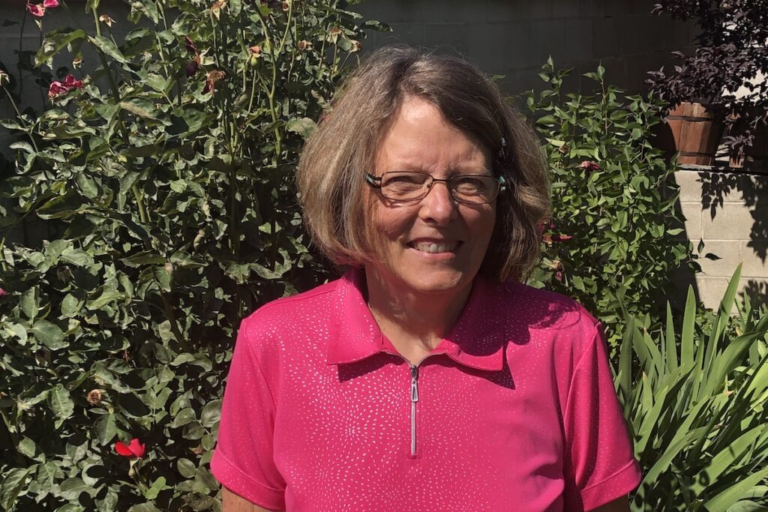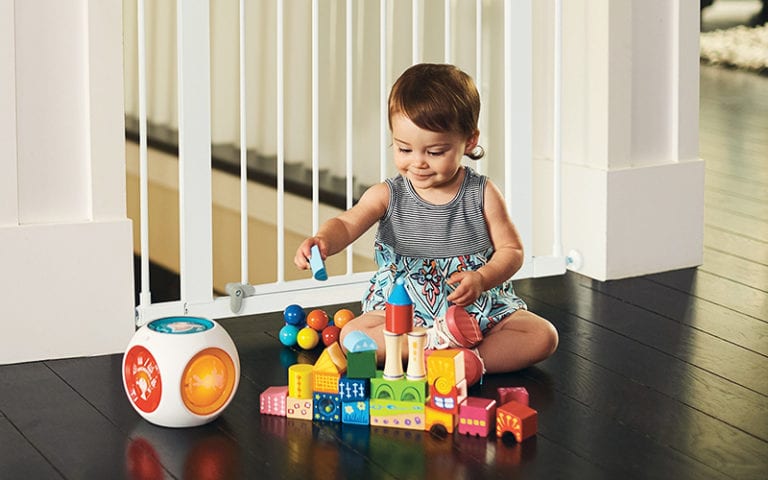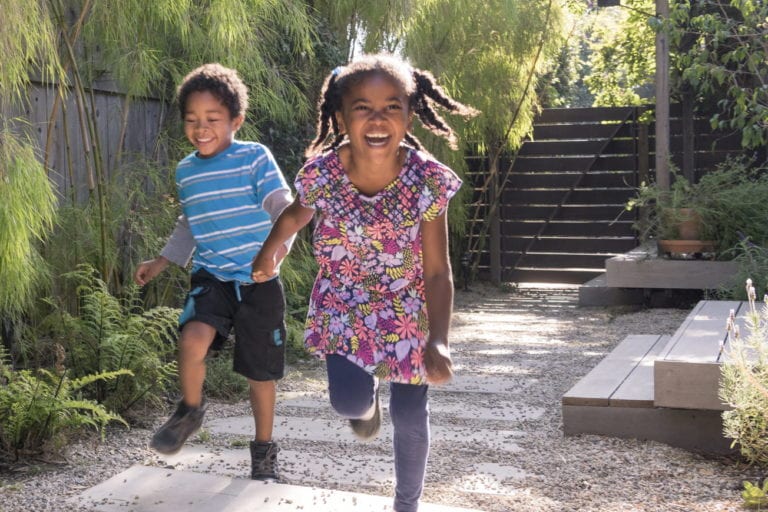For some of us, the mere thought of our kids becoming teenagers is enough to make us shout, “danger!” around every new milestone. But now is the ideal time to teach them how to spot and navigate the dangers of life for themselves. That doesn’t mean we leave them on their own—we walk beside them and help them prepare for life as adults.
Our family safety advisor shares what leads to the highest numbers of fatalities for teenagers.
“Accidents (unintentional injuries) are the cause of half of the deaths in this age group, followed by suicide and then homicide—the last two often with guns.”
Regarding unintentional injuries, Sally says, “Brains, we now know, don’t really grasp the fact that mortality can happen to me. This age group can’t think about dying being permanent.”
When it comes to suicide and homicide, Sally stresses gun safety. “Keeping guns locked up and away is true of kids of all ages, but this group is particularly at risk, as they think they know what they’re doing.”
Gun safety tips:
- If you have guns in the home, talk to your kids about the risks.
- Keep guns stored securely, unloaded, in a locked safe or storage box.
- Store bullets separately from firearms.
- If you use guns for recreation, teach your teen safe gun-handling rules.
- Always assume a gun is loaded.
- Never point a gun at a person, even if you think it’s unloaded.
- If your child shows signs of depression or self-harm, consider removing guns from the home, and seek help immediately.






